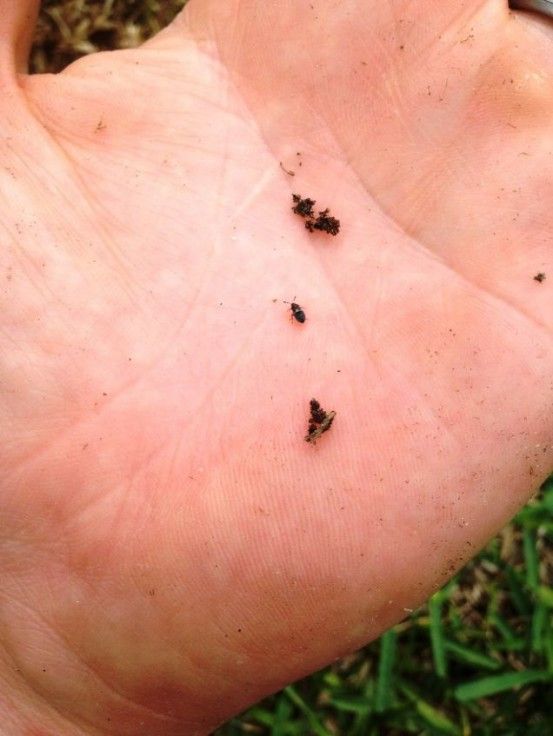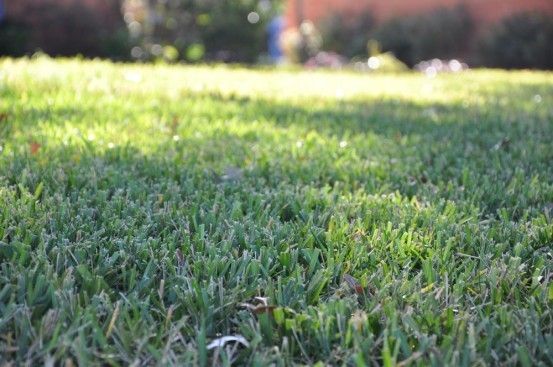Summer Lawn Drooping?
July 26, 2016 | By webadmin
This summer is a scorcher! Your lawn is probably starting to show some signs of heat stress, as is common this time of year. The last few years of extreme weather haven’t done local lawns any favors either; years of drought, hard freezes and flooding have had a big impact on our soils. The result has been intense soil compaction, nutrient deficiencies, pests and fungal diseases galore. All this stress means your lawn could be even more susceptible to summer damage.
Two Summer Culprits:
There are a couple of specific lawn issues you should look out for during the heat of summer. Chlorosis and chinch bugs:
Chinch Bugs
Chinch bugs usually attack St. Augustine lawns, but zoysia and Bermudagrass can also fall victim. If your irrigation system has been set improperly, or you haven’t been as diligent about watering your lawn as you could be (we’ve all been there), then chinch bugs may move in. These pests prefer dry, weakened lawns that are easier for them to feed on. These tiny creatures can do a big amount of damage in a short period of time if left untreated.
How do you recognize them? They are only one-fifth of an inch long with black bodies and white wings, making them difficult to see unless you are looking for them. Females can lay up to 500 eggs. Each year, our lawns can see up to four generations. They damage turf by inserting sharp mouthparts into grass blades, sucking out moisture and nutrients. As a bonus, they then put a poison back into the blade, sufficiently killing it off. They’ll move on from section to section of your lawn in patches. Since they prefer the heat, you might notice areas of grass near driveways, patios and walkways affected first.

Photo via Soils Alive.
Prevention is the best medicine. A lawn that is well maintained and properly watered with healthy, fertile soil is the best way to prevent chinch bugs and other pests from finding your grass desireable. A good maintenance plan is always a good investment.
Chlorosis
Is your lawn yellowing? If you’re watering deep enough and on schedule, it could be chlorosis. Now, lawns can turn yellow in color, or become chlorotic, for a number of reasons. It could be a Nitrogen deficiency - this can happen when there’s not enough organic matter in your soil, your soil is compacted, or heavy rains have leached it out of your soil. If your soil is dry and you haven’t been watering it, your lawn also can’t take up enough nitrogen. A nitrogen deficiency typically causes a uniform yellowing of the entire leaf and vein.

Iron chlorosis occurs in soils with a high pH (above 7.0) which is common here in Dallas. Iron chlorosis typically causes interveinal yellowing - leaving the leaf veins green.
To remedy chlorosis, aerating the soils and topdressing the lawn with organic matter is the first step. Then, we take a look at the watering schedule; too much or too little? If it’s a pH problem, we may add acidifying products, such as sulfur, to aid uptake of iron. Due to the heavy rains we’ve experienced, it’s most likely your lawn needs a boost of additional nitrogen.
To keep your lawn and the entire landscape beautiful, employ good cultural practices year round. Looking to take back some time? Let us work your landscape so you can just sit back and enjoy it! Our year round maintenance plan is customized to suit your unique landscape. Call us for details.
